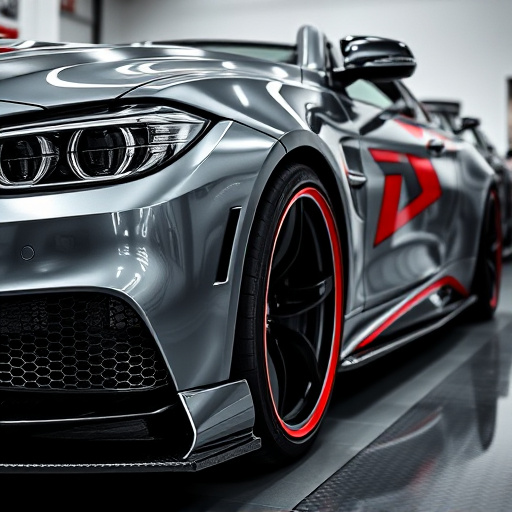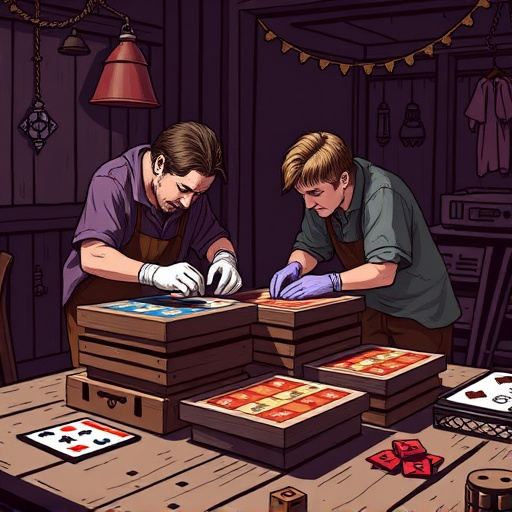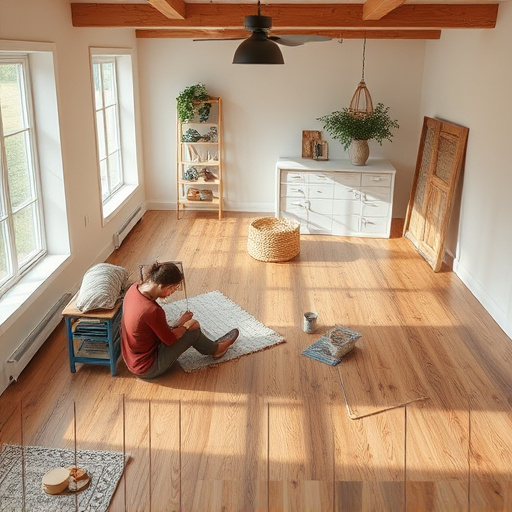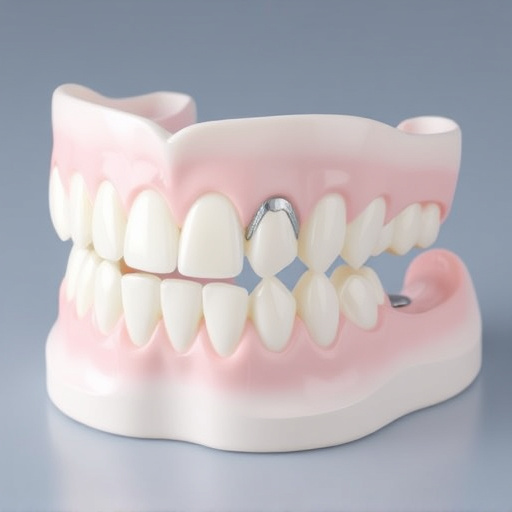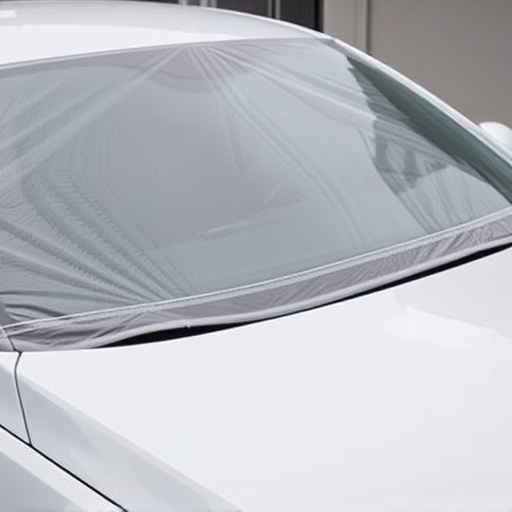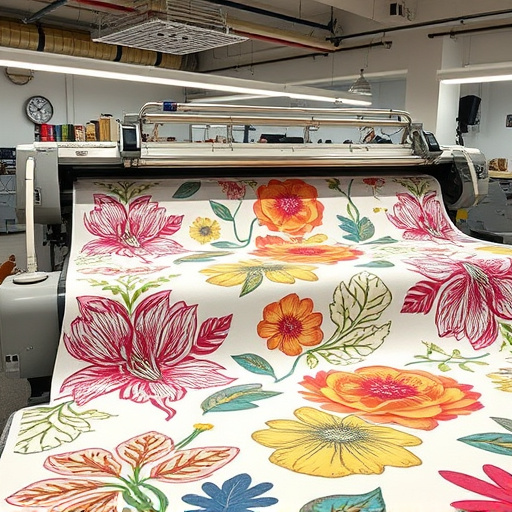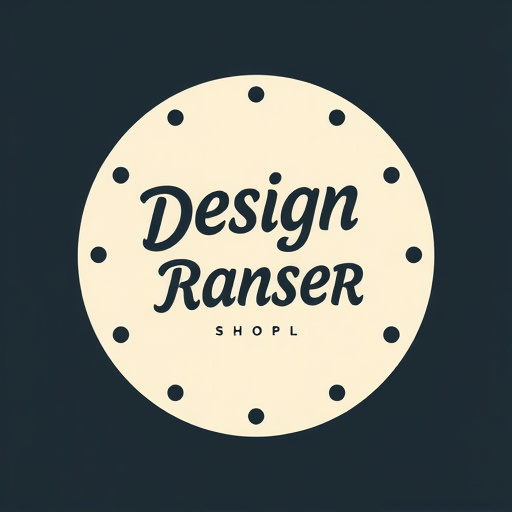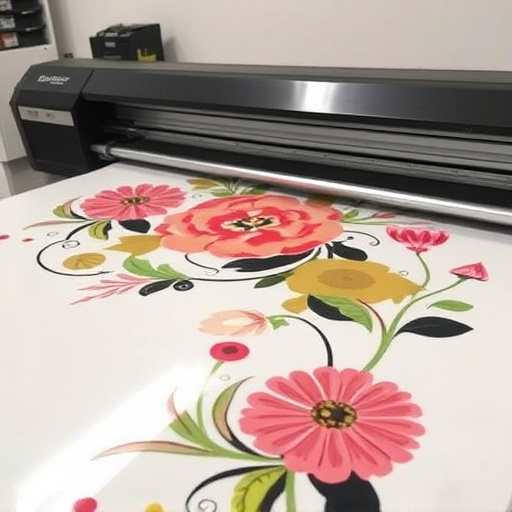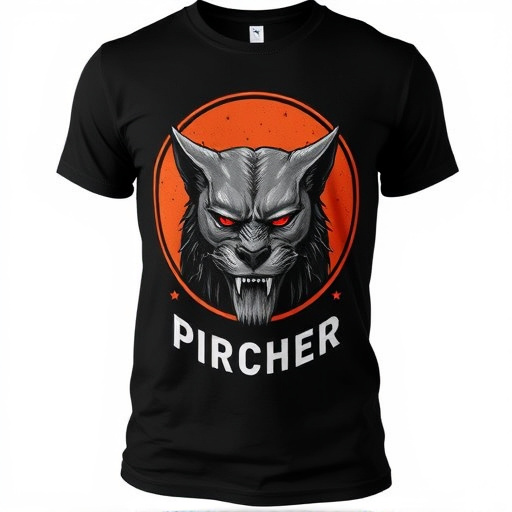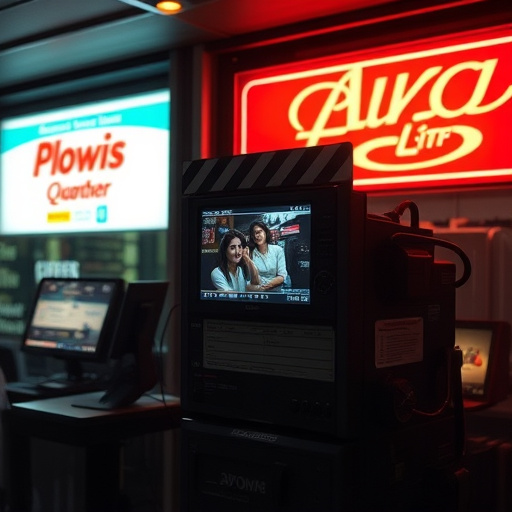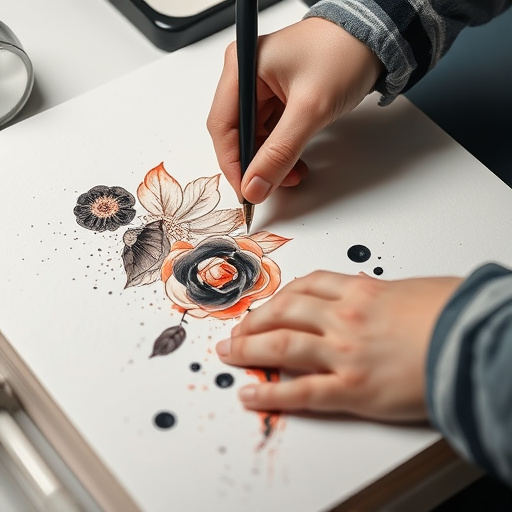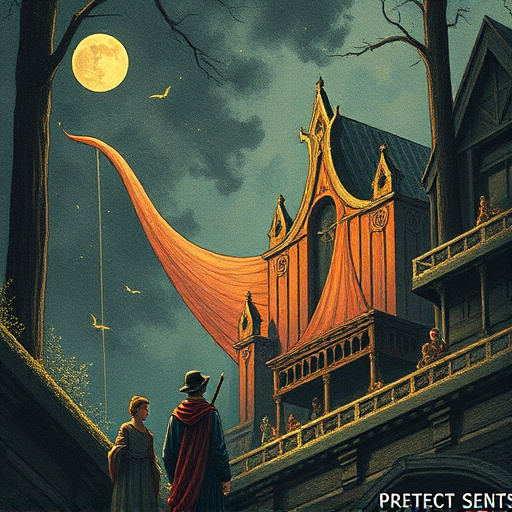Direct to Film (DTF) printing is transforming the design industry by offering a fast, affordable, and versatile method for creating high-quality prints on various materials. By eliminating traditional plates, DTF printers apply ink directly onto film, which can be transferred to textiles, wood, or metal. This innovative process reduces setup costs, allows for intricate details and vibrant colors, and enhances durability with heat press technology. Adopting DTF methods offers significant advantages, including quicker turnaround times, competitive pricing, and flexibility in producing custom apparel and accessories, making it a popular choice among designers and small businesses alike.
In today’s competitive design landscape, understanding cost-effective printing methods is crucial. Direct to Film (DTF) printing stands out as a game-changer, offering designers an affordable solution without compromising quality. This article delves into the world of DTF Cost Effective practices, exploring its benefits and providing practical tips for implementation. From streamlining production to enhancing design flexibility, DTF offers a vibrant path forward for cost-conscious creators.
- Understanding DTF (Direct to Film) Printing: A Cost-Effective Approach
- Key Benefits of Adopting DTF Cost-Effective Methods for Designers
- Implementing DTF Cost-Effective Strategies: Tips and Best Practices for Designers
Understanding DTF (Direct to Film) Printing: A Cost-Effective Approach
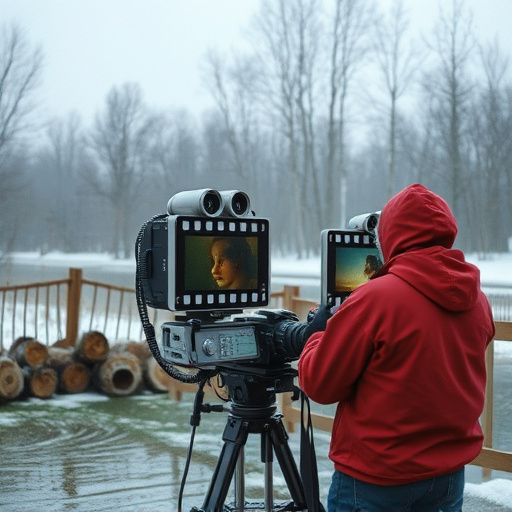
Direct to Film (DTF) printing is a cutting-edge technique that has transformed the design industry by offering an economical and efficient solution for producing high-quality prints. This method eliminates the need for traditional plates, making it faster and more affordable than conventional methods. A DTF printer directly applies ink onto a film, which is then transferred to various materials like textiles, wood, or metal. This innovative approach streamlines the printing process, allowing designers to achieve intricate details and vibrant colors with remarkable ease.
By utilizing a direct to film printer, designers can significantly reduce costs associated with setup and production. DTF prints offer exceptional versatility, enabling creators to experiment with diverse substrates and design complexities without breaking the bank. Moreover, heat press technology, often paired with DTF printers, ensures precise and long-lasting applications, making it an attractive option for both small businesses and established design studios seeking a cost-effective yet high-impact printing solution.
Key Benefits of Adopting DTF Cost-Effective Methods for Designers
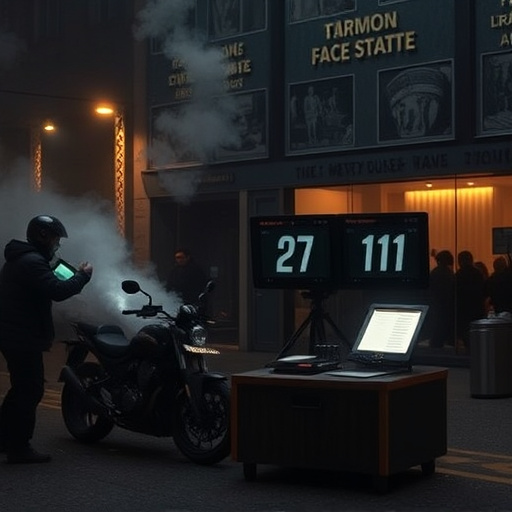
Adopting DTF (Direct to Fabric) cost-effective methods offers designers a host of advantages, making it an increasingly popular choice in the industry. Firstly, it streamlines the production process by eliminating the need for costly setup and plate charges associated with traditional printing methods. This efficiency translates to quicker turnaround times and more competitive pricing for clients, ensuring designer studios can offer high-quality services at accessible rates.
Additionally, DTF printing allows for exceptional versatility in terms of design complexity and material types. Designers can easily produce intricate patterns, vibrant colors, and unique textures on a variety of fabrics, including cotton, polyester, and even technical materials. This flexibility has opened doors for creating custom t-shirts, apparel, and accessories with personalized designs, catering to the diverse needs of modern consumers.
Implementing DTF Cost-Effective Strategies: Tips and Best Practices for Designers
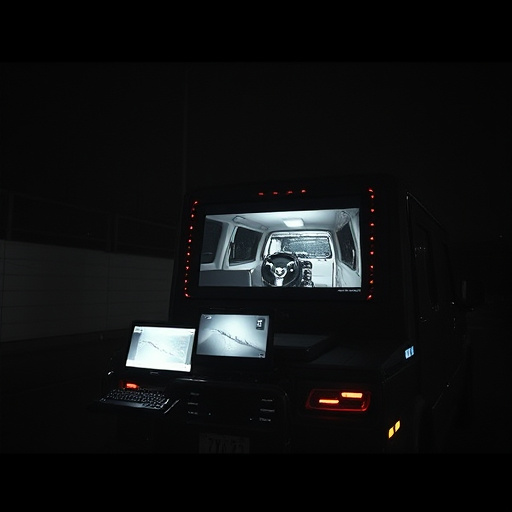
Implementing DTF (Direct to Fiber) cost-effective strategies is a game-changer for designers looking to streamline their custom t-shirt production processes while maintaining quality. One key tip is to leverage dft transfer sheets, which offer precise, crisp printing and reduce waste by enabling targeted application of ink directly onto fabric fibers. Designers should experiment with different sheet types and inks to find the perfect balance between cost and durability for various custom t-shirt designs.
Additionally, focusing on efficient bulk dft shirt production can significantly lower costs per unit. This involves optimizing design layouts, minimizing intricate details that might increase production time, and choosing suitable fabrics that lend themselves to DTF printing. By adopting these best practices, designers not only save on material and labor but also ensure their custom t-shirts remain competitive in the market while maintaining high-quality standards.
Designers looking to optimize their printing processes without compromising quality should consider Direct to Film (DTF) as a powerful and cost-effective solution. By adopting DTF methods, designers can enjoy streamlined workflows, reduced material waste, and significant savings on production costs. With the right tips and best practices in place, as outlined in this article, embracing DTF cost-effective strategies is an intelligent step towards enhancing efficiency and profitability in design projects.
